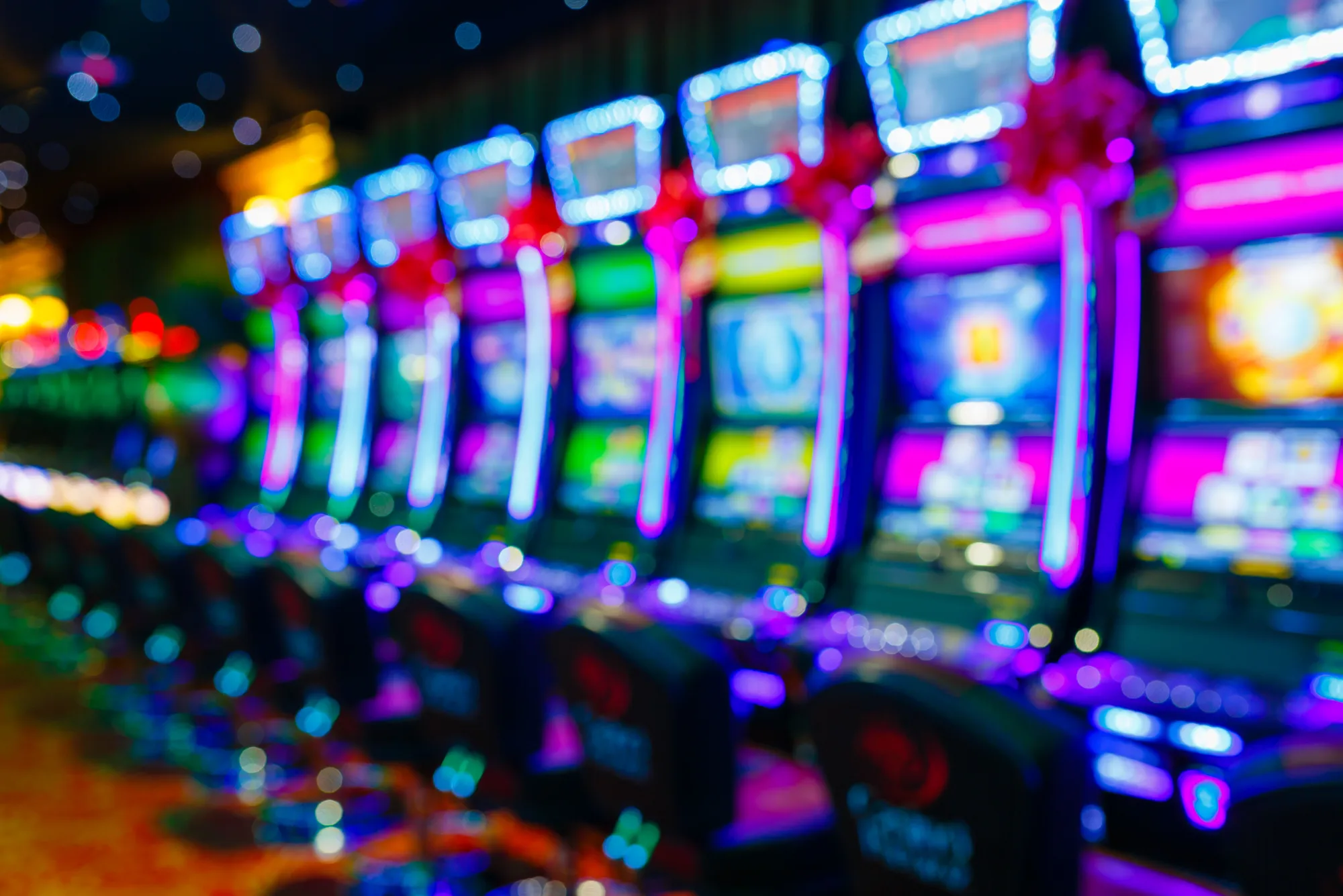Introduction
Casinos have long fascinated players with their bright lights, thrilling games, and the promise of big wins. However, behind the glitz and glamour lies a sophisticated system driven by mathematics. New casinos, in particular, rely heavily on mathematical principles to ensure they maintain a profitable edge while keeping players entertained. But how exactly do new casinos use math to control player winnings? This article explores the mathematical strategies that new casinos employ to balance player excitement with consistent revenue, offering insight into the science behind the games.
The House Edge: The Core of Casino Mathematics
At the heart of every casino game is the concept of the house edge, a mathematical advantage that ensures new casinos profit over time. The house edge represents the percentage of each bet that the casino expects to keep in the long run. For example, in roulette, the house edge is derived from the presence of the zero (or double zero in American roulette), which tilts the odds slightly in the casino’s favor. If a player bets on a single number, the true odds of winning are 36 to 1, but the payout is 35 to 1, giving the casino a 2.7% edge in European roulette.
New casinos carefully design their games to incorporate this edge, ensuring that while players may win in the short term, the casino always comes out ahead over thousands of bets. This mathematical principle is applied across all games, from slot machines to blackjack, and is a cornerstone of casino profitability.
Probability and Expected Value
Probability is another critical tool used by new casinos to control winnings. Every game is built on probabilities that determine the likelihood of certain outcomes. For instance, in blackjack, the probability of drawing a specific card from a deck influences both the player’s and dealer’s chances of winning. Casinos use these probabilities to calculate the expected value (EV) of a game, which is the average amount a player can expect to win or lose per bet over time.
For example, in a slot machine, the EV is negative for the player because the payouts are structured to be less than the odds of hitting a winning combination. New casinos invest heavily in designing games with carefully calibrated probabilities to ensure the house edge remains intact while still offering players the chance for occasional big wins, keeping them engaged.
Random Number Generators and Fairness
Modern casinos, especially new casinos, rely on Random Number Generators (RNGs) to ensure game outcomes are random yet mathematically controlled. RNGs are algorithms that produce unpredictable results, mimicking the randomness of physical dice or card shuffles. For example, in online slots, the RNG determines which symbols appear on the reels. By programming the RNG to align with the game’s house edge, casinos ensure that the odds remain in their favor.
RNGs also maintain fairness, as they are regularly audited by third-party organizations to ensure compliance with gaming regulations. This transparency helps new casinos build trust with players while maintaining their mathematical advantage. The use of RNGs ensures that no player can predict or manipulate outcomes, preserving the casino’s control over winnings.
Slot Machines: A Mathematical Masterpiece
Slot machines are the most popular games in new casinos, and their design is a perfect example of math in action. Each slot machine is programmed with a Return to Player (RTP) percentage, which indicates the portion of bets that will be paid back to players over time. For instance, a slot with a 95% RTP will return $95 for every $100 wagered, keeping $5 for the casino. However, this is calculated over millions of spins, meaning individual players may experience significant wins or losses in the short term.
Casinos also use volatility to control the frequency and size of payouts. Low-volatility slots offer frequent small wins, while high-volatility slots provide larger but less frequent payouts. By offering a mix of both, new casinos cater to different player preferences while ensuring the overall RTP aligns with their profit goals.
Table Games: Strategy Meets Math
Table games like blackjack, poker, and roulette also rely on math to control winnings. In blackjack, for example, the casino’s edge comes from the dealer acting last, forcing players to risk going bust before the dealer plays their hand. However, skilled players can reduce the house edge through strategies like card counting, which is why casinos closely monitor such activities.
In poker, the casino doesn’t compete directly with players but takes a rake, a small percentage of each pot. This ensures steady revenue regardless of who wins. Roulette, meanwhile, uses the house edge from the zero(s) to guarantee long-term profits. By designing games with built-in mathematical advantages, casinos ensure consistent earnings.
Bonuses and Promotions: A Calculated Incentive
New casinos often attract players with generous bonuses, such as free spins or deposit matches. While these promotions seem like opportunities for easy wins, they are carefully designed with mathematical constraints. For example, bonuses often come with wagering requirements, meaning players must bet a certain amount before withdrawing winnings. These requirements are calculated to ensure that the casino retains its edge, as players are likely to lose some or all of their bonus funds during the wagering process.
Additionally, casinos use loss leaders—promotions that may cost them money upfront but encourage long-term player engagement. By analyzing player behavior, casinos can predict how much a player is likely to spend, ensuring that promotional costs are offset by future bets.
Player Psychology and Behavioral Math
Beyond game mechanics, casinos use math to understand and influence player behavior. By analyzing data on player habits, new casinos can tailor their offerings to maximize engagement. For example, they may offer personalized bonuses to players who are likely to stop playing, encouraging them to continue. Casinos also use near-miss effects in slots, where the reels stop just short of a big win, triggering excitement and encouraging players to keep spinning.
This behavioral math is supported by data analytics, which tracks metrics like time spent playing, bet sizes, and win/loss patterns. By leveraging this data, casinos can optimize their games and promotions to keep players engaged while maintaining profitability.
Responsible Gaming and Mathematical Transparency
While casinos use math to their advantage, they also have a responsibility to promote fair and transparent gaming. Regulatory bodies require casinos to disclose RTPs and ensure RNGs are unbiased. New casinos often go further by providing educational resources about odds and probabilities, helping players make informed decisions. This transparency builds trust and ensures compliance with legal standards, allowing casinos to operate ethically while still profiting.
Conclusion
New casinos are built on a foundation of mathematics, using tools like the house edge, probability, RNGs, and data analytics to control player winnings while keeping games exciting and fair. By carefully designing games and promotions, casinos ensure long-term profitability without relying on luck. For players, understanding these mathematical principles can enhance their gaming experience, helping them make smarter decisions and enjoy the thrill responsibly. Whether you’re spinning the reels or playing a hand of blackjack, the math behind the games is what keeps the casino industry thriving.









